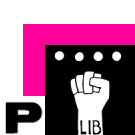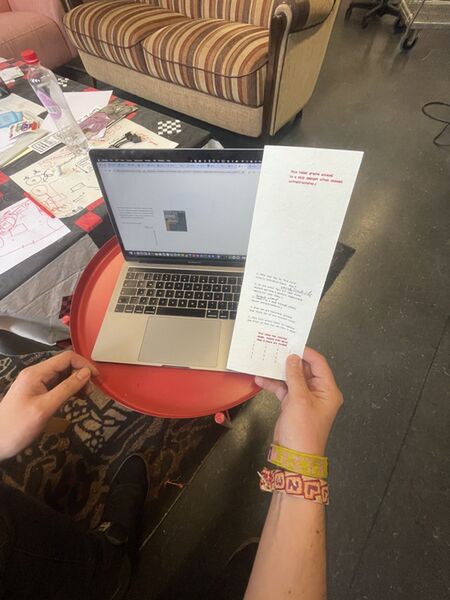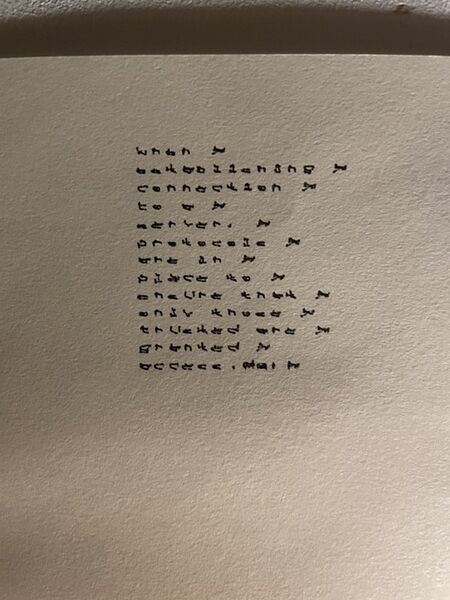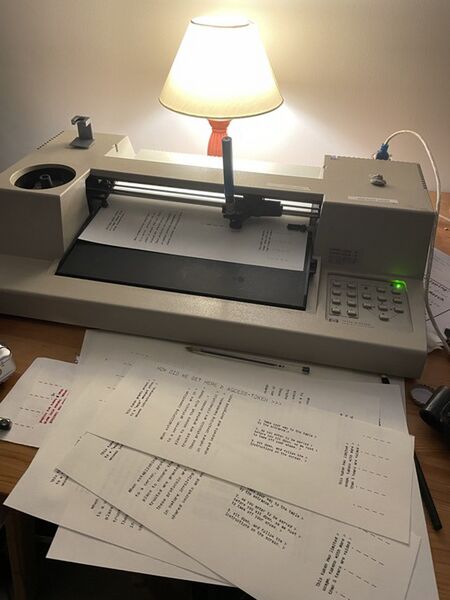User:ØverLørd/Special Issue 23: Difference between revisions
(transcluded some works from Editorial services LTD) |
(added some images) |
||
| Line 15: | Line 15: | ||
{{:Low-mid-high-tech|low-mid-high-tech}} | {{:Low-mid-high-tech|low-mid-high-tech}} | ||
[[File:Prosessmapping.jpg|600px]] | |||
<br style="clear:both;"> | |||
<small>Outocome of collective mapping exercise</small> | |||
[[File:Tokenprototype1.jpg|600px]] | |||
<br style="clear:both;"> | |||
<small>The first prototype conveying the feel of the plot on paper</small> | |||
[[File:Tokenprototype2.jpg|600px]] | |||
<br style="clear:both;"> | |||
<small>Digital mockup to rapidly experiment with the text on surface</small> | |||
[[File:Tokenprototype3.jpg|600px]] | |||
<br style="clear:both;"> | |||
<small>Testing prototypes together</small> | |||
[[File:Tokenprototype4.jpg|600px]] | |||
<br style="clear:both;"> | |||
<small>Prototypes are effective tools to rapidly make suggestions</small> | |||
[[File:Tokenprototype5.jpg|600px]] | |||
<br style="clear:both;"> | |||
<small>Plotting the prototypes, using guides to work out the layout</small> | |||
[[File:Tokenprototype6.jpg|600px]] | |||
<br style="clear:both;"> | |||
<small>What happens when the pen is not properly attatched</small> | |||
[[File:Tokenprototype7.jpg|600px]] | |||
<br style="clear:both;"> | |||
<small>Iterative plotting to tweak layout produces a lot of plots</small> | |||
</div> | </div> | ||
Revision as of 22:47, 1 April 2024
Personal Notes on Special Issue 23:
Quilting Infrastructures
The point of departure for this special issue was that we wanted to question big tech's presence in our lives. In the current paradigm we are dependent on "cloud services" in order to just about anything. Whether it is communicating with your friends, buying groceries or taking the metro, somewhere along the way you have interact with networked-technologies that transport and store information in the cloud. These technologies are designed to appear seamless and invisible, which conceals the fact that they are very much reliant on the exploitation of labour and resources. take for example datacenters which are currently constructed left and right, but hidden in plain sight, we tried to visit one but they ghosted us <;(, they require massive amounts of electricity and water, and their construction is causing grave planetary damage.
Therefore we have been working with alternative approaches to server-technologies. Artist-, community- or activist-run servers have historically provided the space for collective dreaming and action that can emphasize situadeness and community. By running and maintaining their own servers, they take back the agency over their tools and services, in trust-economies rather monetary ones. Aiming for creating sustianable envirnoments of exchange, instead of a 100% uptime guarantee.
Highlights from SI23:
Editorial services LTD
No-see-um colors
Go away green (also knowns as no-see-um-green) and bye bye blue (also blending blue) are colors popularized by its (dis)appearance Disney Land, where they are used to obfuscate the non-attractive(attractions) infrastructures. Lamp-posts, loudspeakers, vents and fences are amongst the things that are painted these colors in order to blend in, much like military camouflage. [So that the guests don't question the illusion, but rather blissfully and oblivious go on spending their money.]
These colors also have proven useful(to governemnts and big tech maybe?) to conceal the digital infrastructure around us. We have been told that the cloud is infinite, omnipotent and immaterial. Yet enormous amounts of nature succumb at the hand(arm?) of bulldozers and excavators to facilitate data-centres, and as to add insult to injury painted to drown in the ruins(of nature).
If you want to read more about these colors you can check out this wikipedia article:
https://en.wikipedia.org/wiki/Go_Away_Green
And here are some images with colors in action:
https://www.flickr.com/photos/alexanderalzona/46462856765/
Low-mid-high-tech
These thoughts are reactions to some sentiments presented in these two texts:
Ursula K. Leguin, Rant about technology:
https://www.ursulakleguin.com/a-rant-about-technology
Donna Harraway, A cyborg manifesto: https://warwick.ac.uk/fac/arts/english/currentstudents/undergraduate/modules/fictionnownarrativemediaandtheoryinthe21stcentury/manifestly_haraway_----_a_cyborg_manifesto_science_technology_and_socialist-feminism_in_the_....pdf
In the rant about technology, Ursula K. Leguin wants to challenge how main-stream discourses understands technology. She makes a point that in these discourses (related to hard/non-hard sci-fi) seem to neglect the fact that technology not only entails the high-tech, but also the non-high-tech like clothes, paper or language. A point made in the text is that "technology is how a society copes with physical reality", and this coping may entail the clothes that you wear in order to fit in at the new school, or the phone you use to call your loved ones in another country. In other words technology permeates every aspect of life in a (modern) society to some extent.
This blurring between the lines of what is our material world and what is not (in the western late capitalist techno-scientific paradigm), resonates with Donna Harraways articulation of the cyborg in the "a cyborgs manifesto". The myth of the cyborg is used to challenge boundaries between human-animal human(/animal)-machine and ultimately physical-and non physical, which is propelled by (cybernetic) technologies. Again there is this sentiment that expanding our understanding of what technology is, and can be, and how it mediates our material, social and political reality is fundamental in a feminist approach to the cultural understanding of technology.
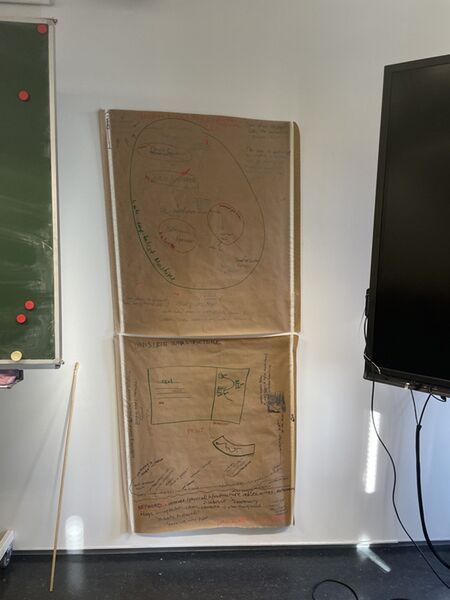
Outocome of collective mapping exercise
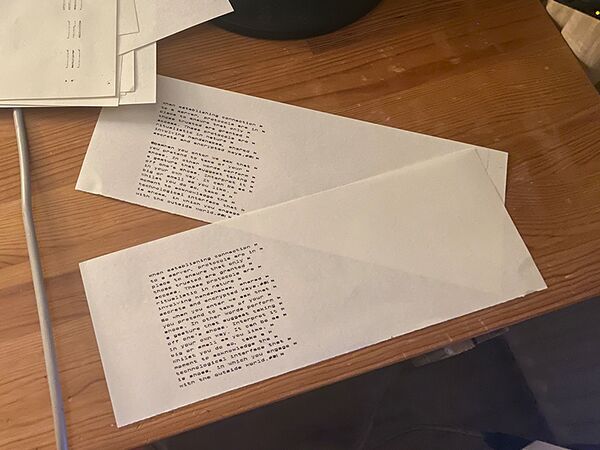
The first prototype conveying the feel of the plot on paper
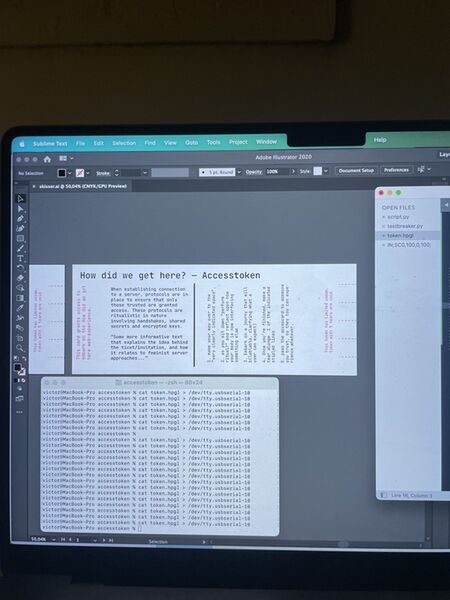
Digital mockup to rapidly experiment with the text on surface
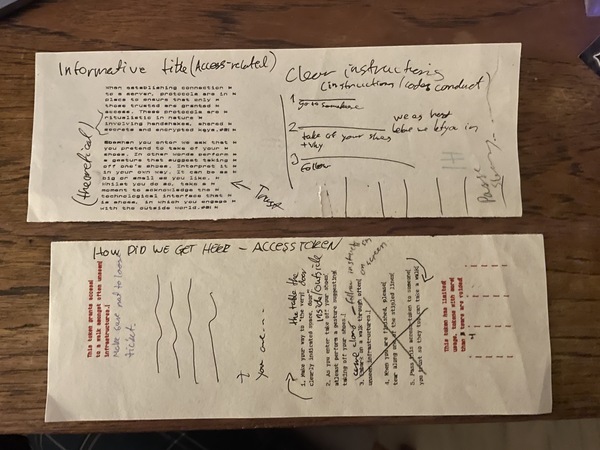
Prototypes are effective tools to rapidly make suggestions
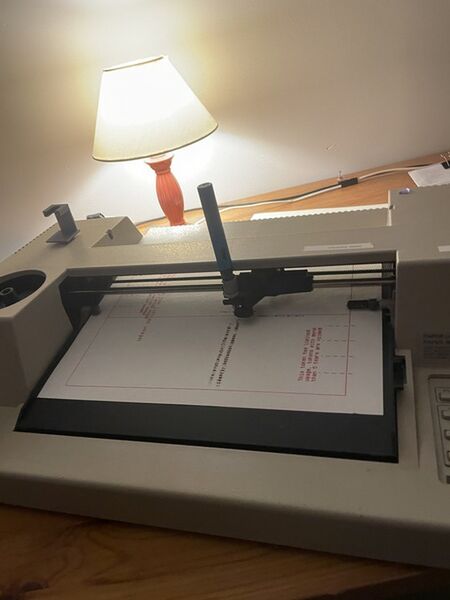
Plotting the prototypes, using guides to work out the layout
